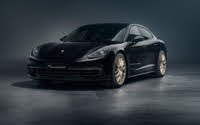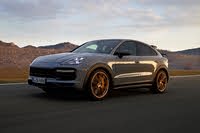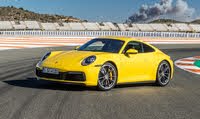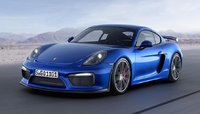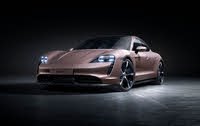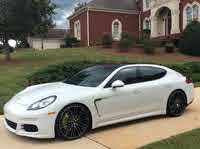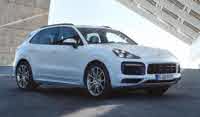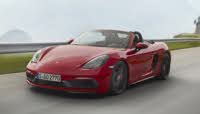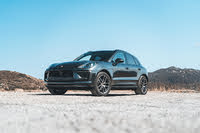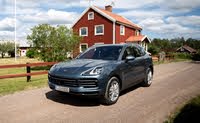Porsche Make Overview
Porsche Questions
What Source Do You Use To Estimate Market Value?
You site shows a 2007 Porsche Cayman (base), with 57000 km, as having a market value of $40,000. But Kelly Blue Book says it's value is between $14,000 - $18,000. How do you reconcile that huge diff...
Knob In Front Of Shifter
I have a 1963 356B porche. What is the knob in front of the gear shifter for
Door Windowsgo Down By Themselves
windows drop inavertedly
Is There A Warranty On Your Cars
Is there any warranty on your cars
Is There Buyer Protection?
Is there buyer protection. I'm buying a car thats from out of state and im having it shipped to me. If the car doesn't pass inspection can I get money back?
Older Porsche Models
Porsche Overview
The origins of Porsche reach back more than a century, to the year of 1900, when a vehicle called the Lohner-Porsche electric car was unveiled at the Paris Auto Show. It was the first in a long line of vehicles, leading up to the current year, that would bear the Porsche name.
That first vehicle at the Paris Auto Show was equipped with wheel hub motors devised by a young German engineer named Ferdinand Porsche. Porsche's legendary career would continue into the 1920s, when he developed the Mercedes SS and SSK supercharged sports car, and into the 1930s, when he designed and produced the first Volkswagens.
After the war, Porsche's son, also named Ferdinand but called Ferry, first envisioned a car that would carry the Porsche badge. The result, introduced in the late 1940s, was the Porsche 356. Essentially, the 356 was Ferry's two-seat version of the Volkswagen Beetle, which had been designed by his father. It proved to be so popular that it was sold into the early 1960s.
Ferry followed that with the 500 Spyder, which was produced through the 1950s, and the 911 sport coupe, which made its debut in 1964. The 911 was originally conceived as a four-seat follow-up to the 356, but Ferry Porsche eventually decided to make it a two-seater with an air-cooled rear engine, just like the Beetle, although with larger dimensions, more interior room, and more power than the 356. The 911 was an instant hit. In 1970, a turbocharged version of the 911 was introduced, and the 911 continues in production to this day.
Other models followed the introduction of the 911 in the 1960s. The 912, for example, made its debut in 1965 as a replacement for the 356. In an effort to make it affordable, it was built on the 911's platform but used the four-cylinder engine from the 356. The 914 mid-engined sports car replaced the 912 in the late 1960s.
The 924 and the 928 followed in the 1970s, while the 944 made its debut in 1982. Also produced for a short run in the late 1980s was the high-performance, all-wheel-drive 959, which was a precursor of the Carrera.
Introduced in 1992, the 968 was actually a continuation of the 944, which itself was a continuation of the 924. The two-seat, open-top Boxster roadster was added to Porsche's lineup in 1997 as the automaker's entry-level vehicle, while the Cayenne SUV made its debut in 2003.



